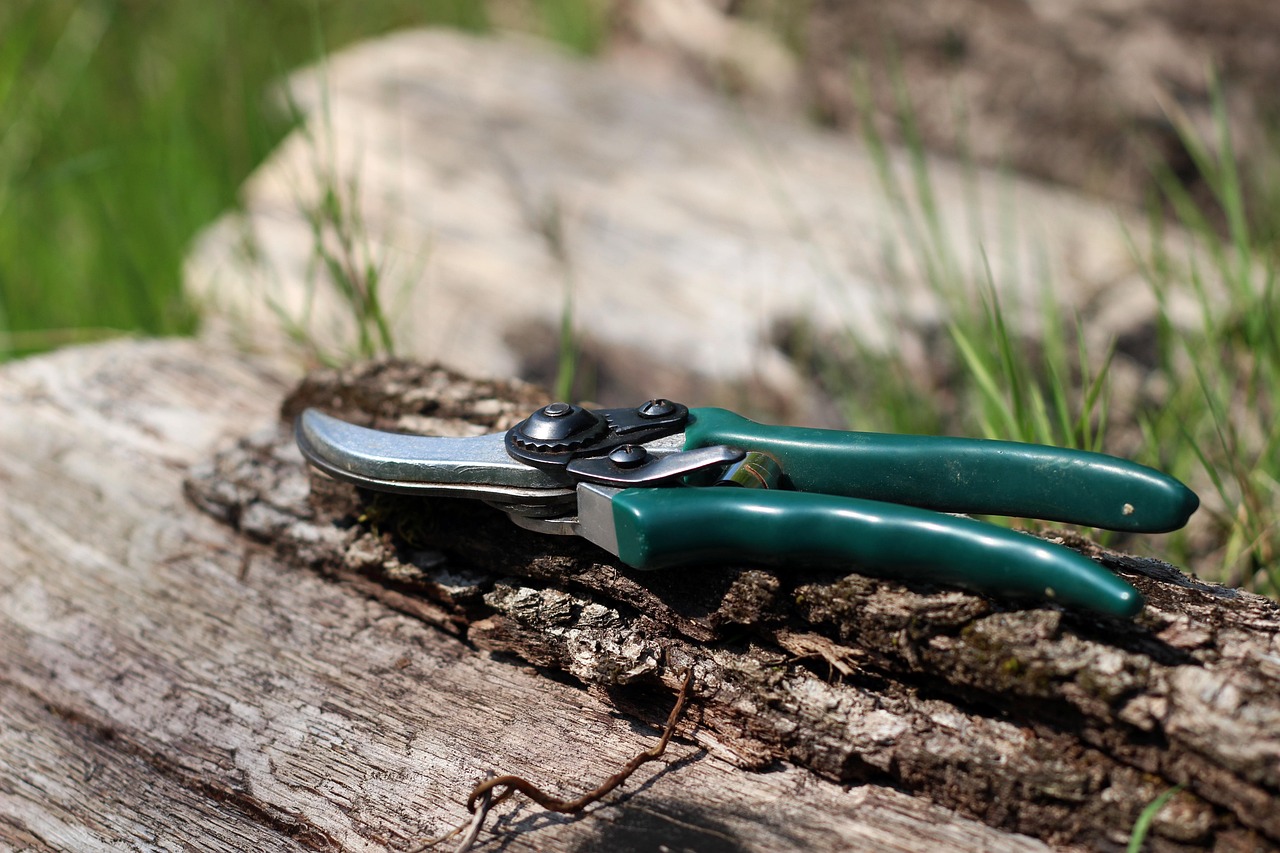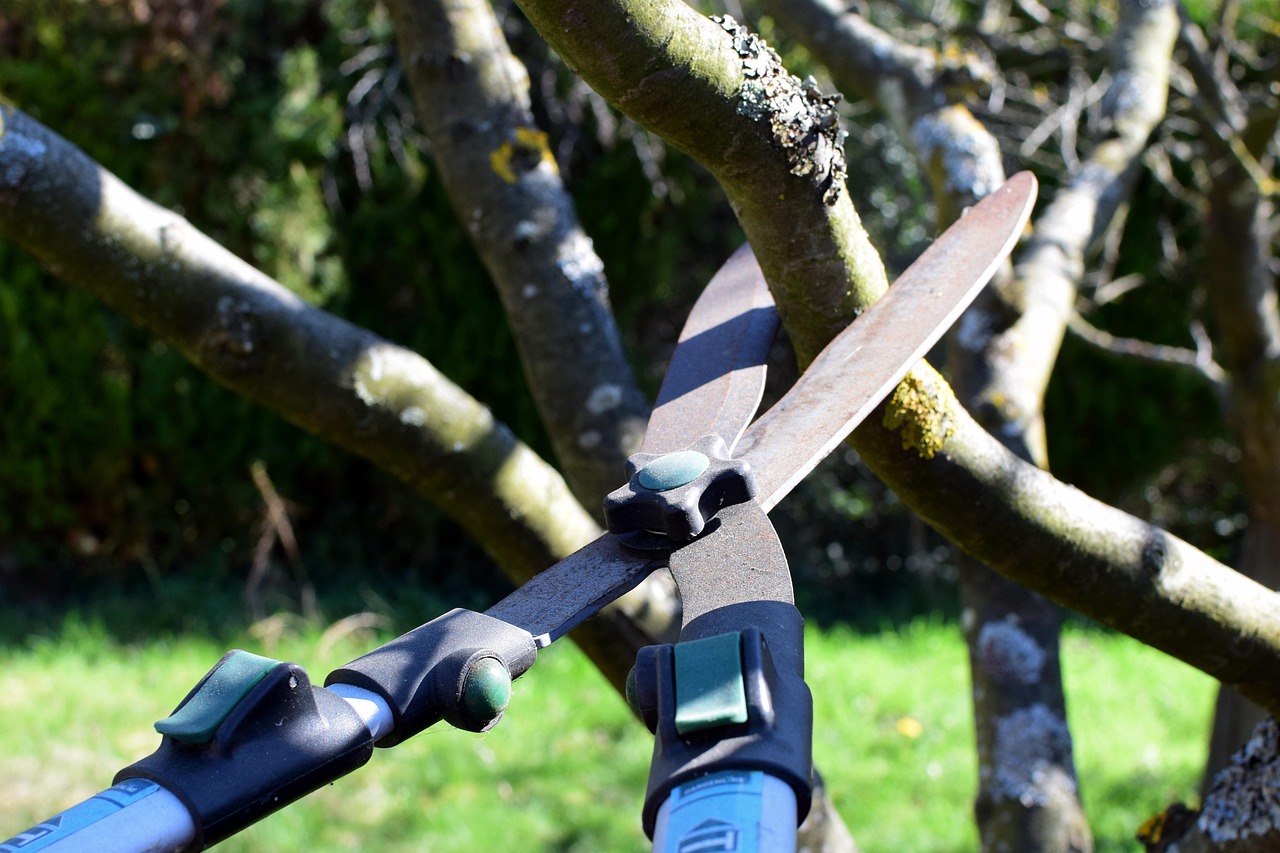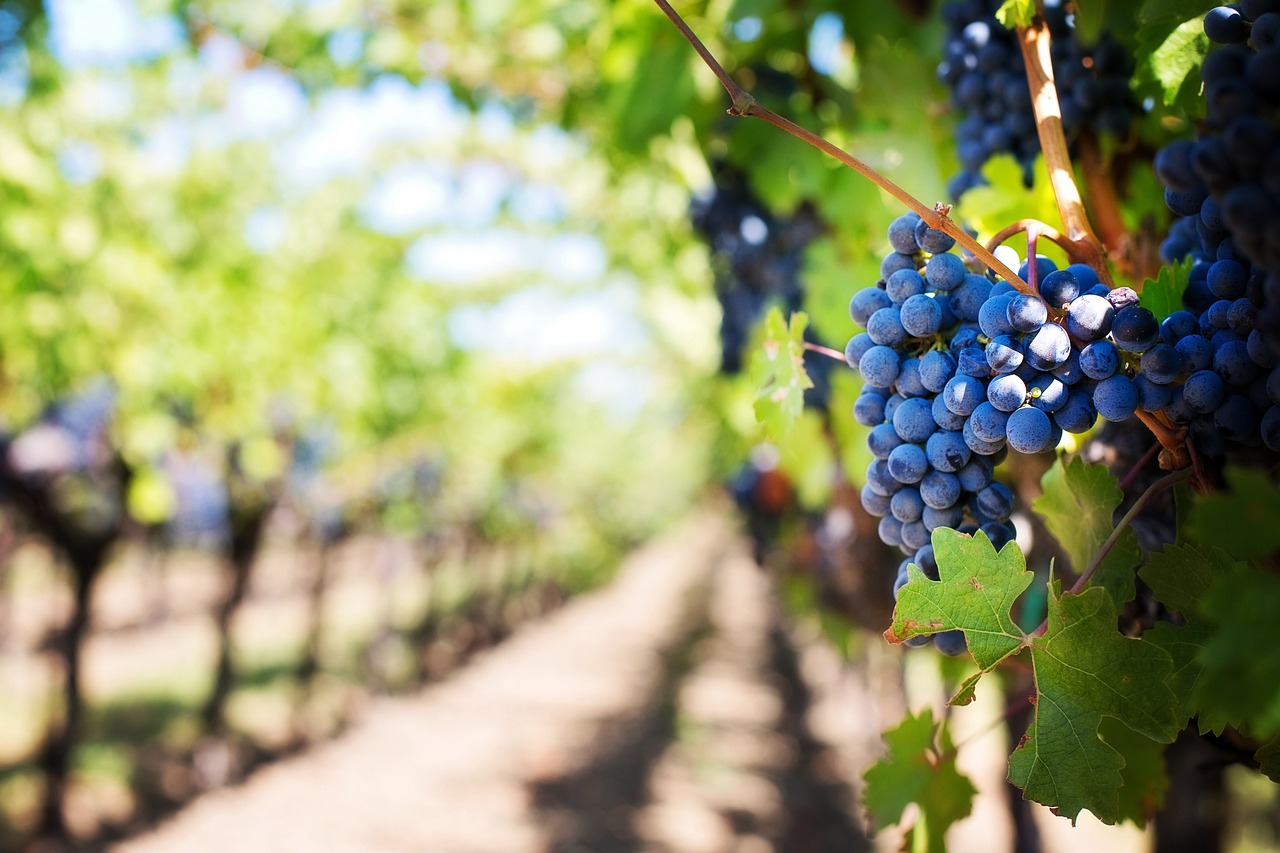Grapevine pruning is essential for enhancing sugar content in grapes. By selectively removing canes and managing vine growth, growers can focus the plant’s energy on fewer clusters, resulting in concentrated flavors and higher sugar levels.
Grapevine pruning is a critical practice in viticulture. It directly influences grape quality, yield, and overall vineyard health. Pruning is not just about maintaining the plant structure; it plays a pivotal role in enhancing the sugar levels in grapes. As sugar concentration is vital for producing high-quality wines, understanding the techniques and timing of pruning becomes essential for any grape grower.

When vines are pruned correctly, they can produce fewer clusters but with greater quality. This leads to grapes that are richer in flavor and sugar content, which is particularly important for wine production. Different grape varieties may respond uniquely to pruning, and seasonal factors also come into play. Therefore, growers must consider various techniques and their timing to achieve optimal results.
The Importance of Sugar Content in Grapes
Sugar content in grapes is primarily measured in degrees Brix. This measurement indicates the amount of sugar present in a grape juice solution. Higher sugar levels are crucial for winemaking, as they contribute to the alcohol content, flavor profile, and overall balance of the wine. Below are some key reasons why sugar content matters:
- Fermentation Process: Sugar is the primary food source for yeast during fermentation. Higher sugar levels result in a higher alcohol content in the final wine.
- Flavor Development: Grapes with higher sugar content often exhibit more intense flavors. This enhances the complexity of the wine.
- Acidity Balance: Sugar can balance acidity in wine, creating a smoother taste experience.
The table below outlines the ideal Brix levels for various types of wines:

| Wine Type | Ideal Brix Level |
|---|---|
| Dry White Wines | 21-24 |
| Semi-Dry Whites | 24-26 |
| Dry Red Wines | 23-26 |
| Semi-Sweet Reds | 26-28 |
| Dessert Wines | 28+ |
Pruning Techniques to Enhance Sugar Content
Different pruning techniques can significantly influence the sugar concentration in grapes. Here are some commonly used methods:
- Cane Pruning: Involves selecting one or two canes to keep while removing the rest. This technique focuses energy on fewer clusters, enhancing their quality.
- Sustainability Pruning: A method that aims to maintain vine health over time. This involves balancing vigor and fruit load to promote longevity while optimizing sugar levels.
- Drop Fruit Method: After flowering, some growers may choose to drop excess fruit. This reduces competition among clusters and allows remaining grapes to gain more sugar.
The timing of pruning is equally important. Pruning too early or too late can affect vine health and fruit quality. For instance, winter pruning is usually preferred as it minimizes damage from frost and allows for better bud development.
Another factor is the growing environment. Various climates produce different sugar levels in grapes due to temperature variations and sunlight exposure. For example, grapes grown in warmer climates often have higher sugar concentrations due to prolonged sunlight exposure throughout the growing season. Consequently, understanding local climate conditions helps inform pruning decisions.

Seasonal Considerations for Pruning
The timing of grapevine pruning is crucial for achieving desired sugar levels. Growers must consider several seasonal factors:
- Winter Pruning: Conducted during dormancy, this method promotes healthy growth when the vines wake up in spring. It sets the foundation for fruitful development.
- Green Pruning: This occurs during the growing season, where excess foliage or clusters may be removed. It allows better airflow and sunlight penetration to the remaining grapes.
- Post-Harvest Pruning: After harvest, growers may evaluate vine health and make adjustments based on the previous season’s performance. This preparation can set the stage for improved sugar content in the next harvest.
By understanding these seasonal considerations and applying appropriate pruning techniques, growers can maximize sugar content in their grapes, ensuring a higher quality product for winemaking.
Understanding Vine Growth Patterns
To effectively prune grapevines for higher sugar content, it is essential to understand vine growth patterns. Grapevines undergo several growth stages throughout the year, each influencing the development of sugar levels in the grapes. The main growth stages include bud break, flowering, fruit set, and ripening.

Bud Break
Bud break occurs in early spring when the vines start to awaken from dormancy. At this stage, buds swell and begin to develop leaves and shoots. This is a critical period for determining future yields and sugar levels. Pruning just before bud break can lead to more vigorous growth.
Flowering and Fruit Set
During flowering, which typically occurs in late spring, the vine produces small flowers that will eventually turn into grapes. Successful pollination leads to fruit set, where flowers develop into grape clusters. Proper pruning at this stage can help manage fruit load, ensuring that the vine does not overproduce.
Ripening
Ripening is the final phase of grape development, usually occurring in late summer to early fall. At this stage, sugar accumulation increases significantly. The focus during this period should be on managing canopy growth to maximize sunlight exposure and airflow around the grapes. This can enhance sugar concentration and overall berry quality.
The Role of Canopy Management
Canopy management is an integral part of vineyard management that works hand-in-hand with pruning. It involves controlling the growth of leaves and shoots to optimize sunlight exposure and airflow. Proper canopy management can significantly influence sugar levels in grapes.
- Light Penetration: Adequate sunlight is crucial for photosynthesis, which directly affects sugar accumulation in grapes. A well-managed canopy allows light to reach all parts of the vine.
- Airflow: Good airflow reduces humidity around the grapes, lowering the risk of disease and promoting healthy ripening conditions. This contributes to better sugar concentration.
- Leaf Removal: Removing excess leaves can enhance sunlight exposure to the grape clusters. However, care must be taken not to remove too many leaves, as they are essential for photosynthesis.
Pruning Techniques for Different Grape Varieties
Different grape varieties respond uniquely to pruning techniques. Understanding these differences can help growers choose the best methods to enhance sugar content in their specific grape types.
| Grape Variety | Recommended Pruning Technique | Notes |
|---|---|---|
| Cabernet Sauvignon | Cane Pruning | This variety benefits from fewer buds per vine to concentrate flavors. |
| Chardonnay | Guyot Pruning | Maintaining a balance between yield and quality is crucial. |
| Pinot Noir | Sustainable Pruning | This variety requires careful management for optimal sugar levels. |
| Zinfandel | Drop Fruit Method | Removing excess fruit can enhance sugar concentration in remaining clusters. |
The Impact of Soil Health on Sugar Content
The health of the soil plays a vital role in vine growth and grape quality. Healthy soil contributes nutrients essential for vine development and can influence the sugar content in grapes. Here are some key factors:
- Nutrient Availability: Essential nutrients such as nitrogen, phosphorus, and potassium promote healthy vine growth and contribute to sugar accumulation.
- Soil Structure: Well-structured soil allows for good drainage and root penetration, which is crucial for vine health. It helps vines access water and nutrients more effectively.
- Microbial Activity: Healthy microbial life in the soil can enhance nutrient availability and improve soil structure, benefiting vine health and sugar production.
Growers should regularly test soil health and amend it as needed to support optimal vine growth. Implementing practices such as cover cropping or composting can enhance soil health over time.
Irrigation Practices for Optimal Sugar Levels
Irrigation practices also play a significant role in sugar content in grapes. Proper water management is crucial to avoid excessive vigor while ensuring that vines receive enough moisture during critical growth stages.
- Deficit Irrigation: Reducing water supply during certain growth phases can stress the vines slightly, encouraging them to concentrate sugars in the remaining grapes.
- Tensiometer Use: This device helps monitor soil moisture levels, allowing growers to apply water only when necessary. It helps maintain the balance between vine health and sugar concentration.
- Timing of Irrigation: Timing irrigation correctly—especially during ripening—can influence sugar levels. Careful planning ensures that berries achieve maximum sweetness without compromising quality.
By incorporating effective irrigation strategies alongside pruning and canopy management, growers can significantly enhance the sugar content in their grapes, leading to higher quality wines in the long run.
Pest and Disease Management in Vineyards
Pest and disease management is crucial for maintaining grapevine health and ensuring high sugar content in grapes. Pests and diseases can hinder vine growth, reduce yields, and affect the sugar levels in grapes. Effective management strategies can help protect the vines while promoting optimal sugar accumulation.
Common Pests Affecting Grapevines
Several pests can negatively impact grapevines, leading to reduced sugar content. Understanding these pests and implementing control measures is essential for growers.
- Grape Phylloxera: This root louse feeds on vine roots, causing stress and reducing vigor. Controlling phylloxera involves using resistant rootstocks or chemical treatments.
- Spider Mites: These tiny arachnids suck sap from leaves, leading to reduced photosynthesis. Regular monitoring and using miticides can help manage their populations.
- Leafhoppers: These pests feed on vine leaves, which can lead to decreased vine health. Insecticides or beneficial insects like ladybugs can help keep leafhopper numbers in check.
Disease Management Strategies
Diseases can severely impact grape quality and sugar levels. It is important to recognize common diseases and implement appropriate management strategies.
- Powdery Mildew: This fungal disease thrives in warm, dry conditions. Preventative fungicide applications and good airflow through canopy management can minimize its occurrence.
- Downy Mildew: This disease prefers cooler, moist conditions. Using resistant grape varieties and applying fungicides during wet weather can help control it.
- Botrytis Cinerea: Also known as gray mold, this fungus affects overripe grapes. Proper vineyard sanitation and timely harvesting are key to managing this disease.
Timing and Frequency of Pest Control Measures
The timing and frequency of pest control measures are critical for effective management. Implementing integrated pest management (IPM) practices can provide a holistic approach to pest control.
- Regular Monitoring: Growers should monitor pest populations and disease symptoms throughout the growing season. Early detection allows for timely interventions.
- Threshold Levels: Establishing economic threshold levels helps determine when to take action against pests. This prevents unnecessary treatments and protects beneficial insects.
- Seasonal Timing: Timing treatments according to pest life cycles increases effectiveness. For example, applying insecticides during the early life stages of pests often yields better results.
The Role of Nutrient Management
Nutrient management directly impacts vine health and sugar content in grapes. A balanced nutrient supply ensures that vines are healthy enough to produce high-quality fruit.
Essential Nutrients for Grapevines
Several key nutrients are vital for grapevine growth and sugar accumulation:
- Nitrogen: Essential for vegetative growth, nitrogen influences leaf development. However, excessive nitrogen can lead to excessive vine vigor at the expense of fruit quality.
- Phosphorus: Important for root development and energy transfer within the plant, phosphorus supports overall vine health.
- Potassium: Crucial for sugar transport within the vine, potassium helps enhance sugar levels in grapes as they ripen.
Nutrient Deficiency Symptoms
Growers should be aware of nutrient deficiency symptoms to address them promptly:
| Nutrient Deficiency | Symptoms | Recommended Action |
|---|---|---|
| Nitrogen | Pale green leaves, reduced growth | Apply nitrogen fertilizer |
| Phosphorus | Purple coloration on leaves, stunted growth | Add phosphorus-rich fertilizers |
| Potassium | Leaf scorching, poor fruit development | Incorporate potassium fertilizers into soil |
The Influence of Climate on Sugar Accumulation
The climate in which grapevines are grown significantly influences sugar accumulation. Different climatic conditions can lead to variations in sugar content across vineyards.
Temperature Effects
Temperature plays a crucial role in the ripening process of grapes. Ideal temperatures during the growing season can enhance sugar production:
- Warm Days: Warm temperatures during the day promote photosynthesis, leading to higher sugar levels in grapes.
- Cool Nights: Cooler nighttime temperatures allow grapes to maintain acidity while accumulating sugars during the day, resulting in a balanced flavor profile.
Sunlight Exposure
Sunlight exposure is another critical factor influencing sugar accumulation in grapes. Proper vineyard orientation and canopy management can maximize sunlight exposure:
- Row Orientation: Rows oriented north-south typically receive even sunlight exposure throughout the day, enhancing photosynthesis.
- Canopy Density: Managing canopy density allows sufficient light to penetrate the leaves and reach the grapes, promoting sugar development.
By understanding the influence of climate on sugar accumulation, growers can make informed decisions about vineyard management practices that enhance grape quality and sugar content.
Additional Factors Influencing Sugar Content
In addition to pruning, irrigation, pest and disease management, and climate considerations, there are several other factors that can influence the sugar content in grapes. Understanding these can help growers develop a comprehensive approach to optimizing grape quality.
Harvest Timing
Harvest timing is critical for achieving the desired sugar levels in grapes. Grapes should be harvested at their peak ripeness for optimal sugar content. Here are some considerations for determining the right time to harvest:
- Brix Measurement: Regularly testing the sugar content in grapes using a refractometer can help determine when they have reached optimal Brix levels.
- Taste Testing: In addition to scientific measurements, tasting the grapes can provide valuable insight into their ripeness. A well-balanced flavor with appropriate acidity is key.
- Weather Conditions: Monitoring weather patterns leading up to harvest can also influence the decision. Rain or changes in temperature may affect sugar levels and grape quality.
Varietal Characteristics
Different grape varieties exhibit unique characteristics that affect their sugar accumulation potential. Understanding these differences can guide pruning and management practices:
- Vigor Levels: Some varieties are naturally more vigorous and may require more stringent pruning to concentrate sugars.
- Ripening Patterns: Varietal differences in ripening times and sugar accumulation rates can inform harvest timing and management strategies.
- Tannin and Acid Levels: The balance of tannins and acids can impact the perception of sweetness and overall flavor profile of the wine produced from the grapes.
Soil Composition and Structure
The composition and structure of the soil can significantly affect vine health and sugar content. Key factors include:
- Drainage: Well-draining soils prevent waterlogging, allowing roots to access necessary nutrients while avoiding stress due to excess moisture.
- Nutrient Composition: Soils rich in organic matter tend to support healthy vine growth, which can enhance sugar accumulation in grapes.
- pH Levels: Soil pH affects nutrient availability. Maintaining an optimal pH range (typically between 6.0 and 7.0) is essential for grapevine health.
Final Thoughts
The art and science of grapevine pruning for higher sugar content is multifaceted, combining techniques such as canopy management, irrigation strategies, pest control, and careful consideration of climatic conditions. Each aspect interacts with others, creating a complex system that ultimately influences grape quality.
Growers must take a holistic approach by integrating various vineyard management practices to enhance both sugar levels and overall grape quality. By understanding how different factors affect sugar accumulation, growers can tailor their strategies to their specific vineyard conditions and grape varieties.
As the demand for high-quality wines continues to rise, effective grapevine management becomes increasingly important. Pruning techniques that focus on optimizing sugar content not only improve the potential for exceptional wine production but also contribute to the sustainability of vineyard practices.
In conclusion, successful grape growing hinges on a comprehensive understanding of vine physiology, environmental factors, and strategic interventions. By continually refining these practices, growers can achieve their goals of producing grapes with higher sugar content, leading to premium wines that delight consumers.
